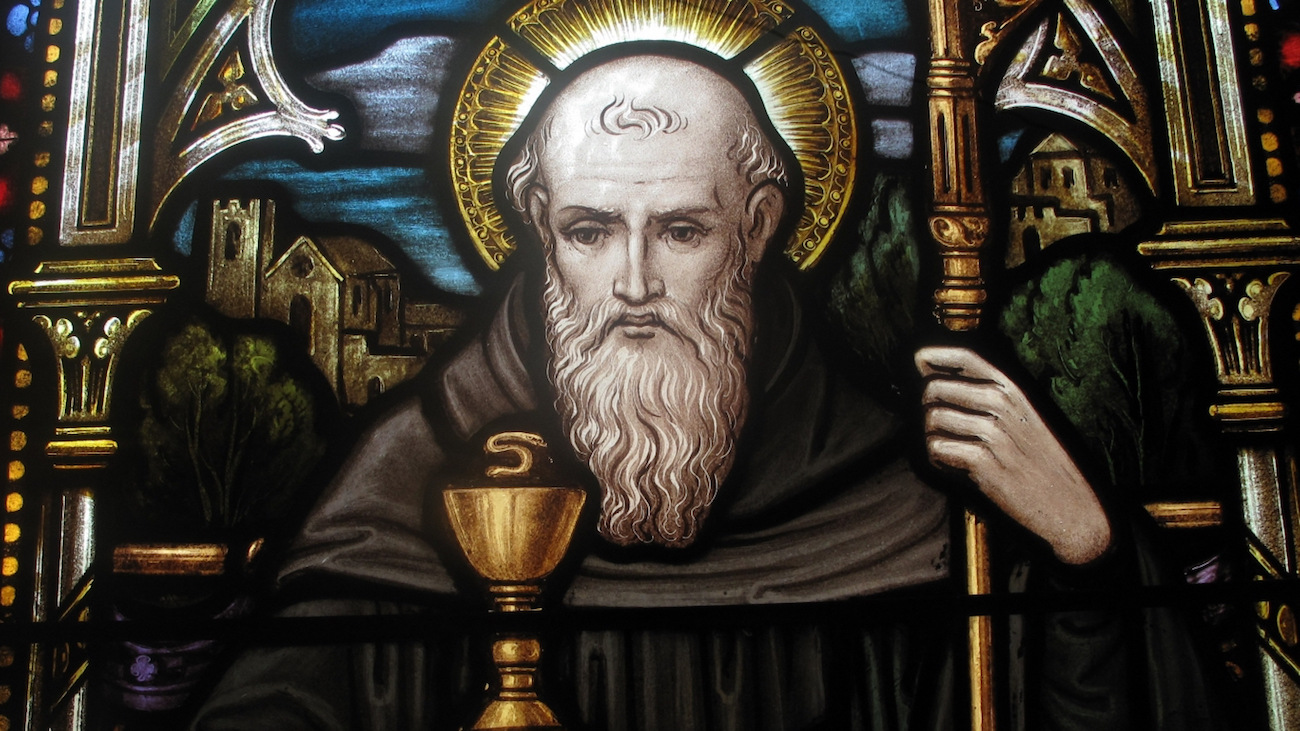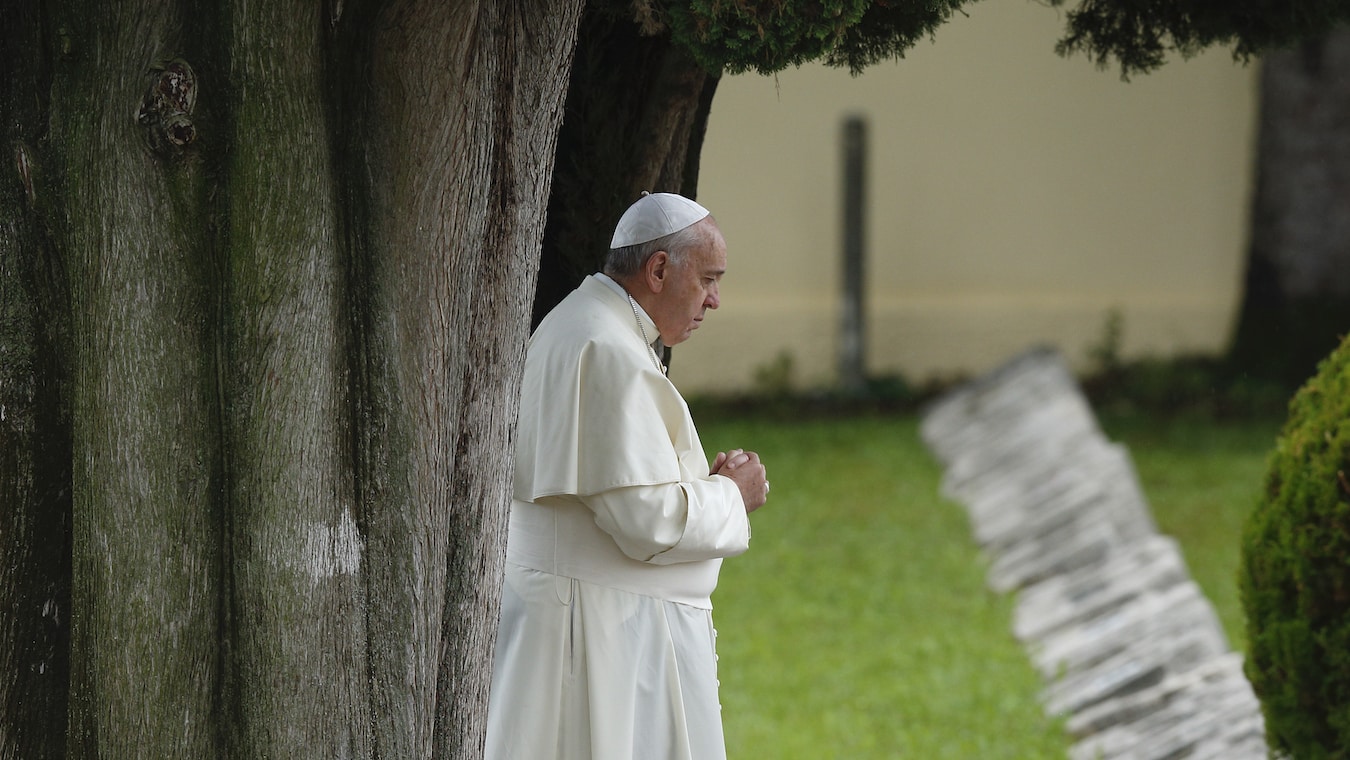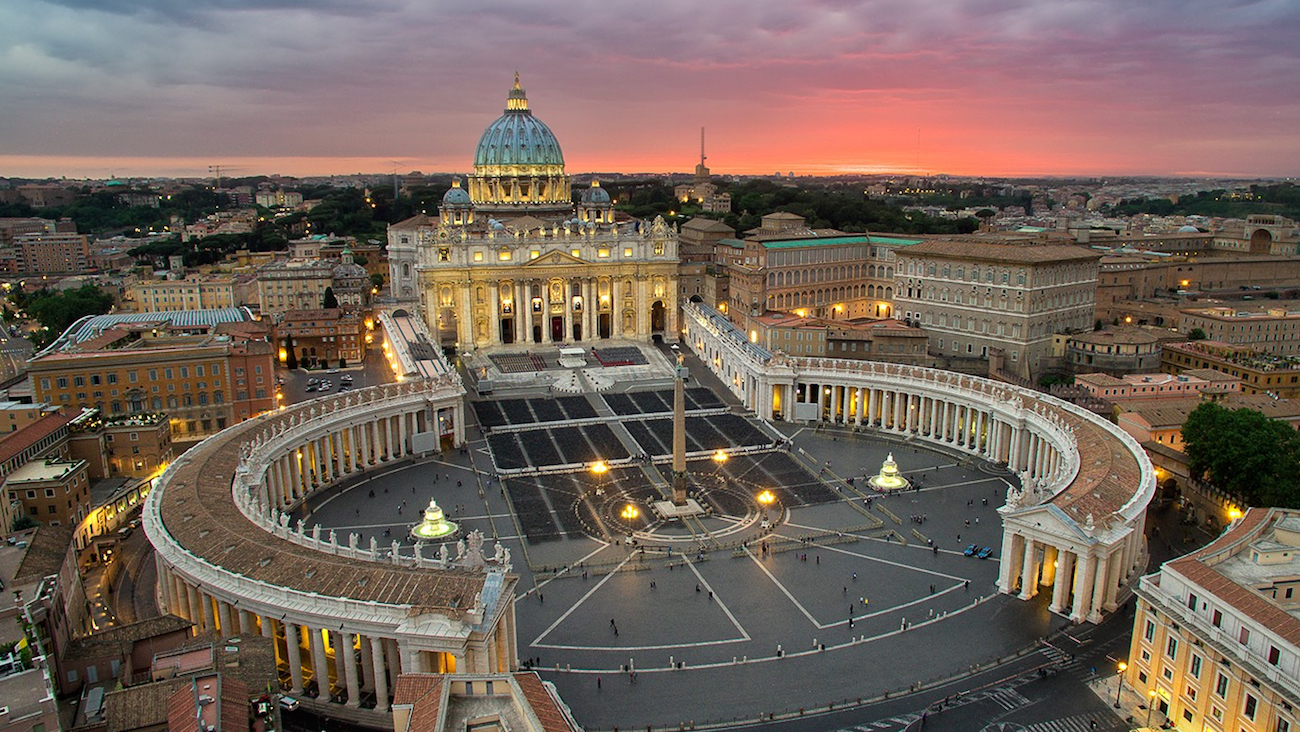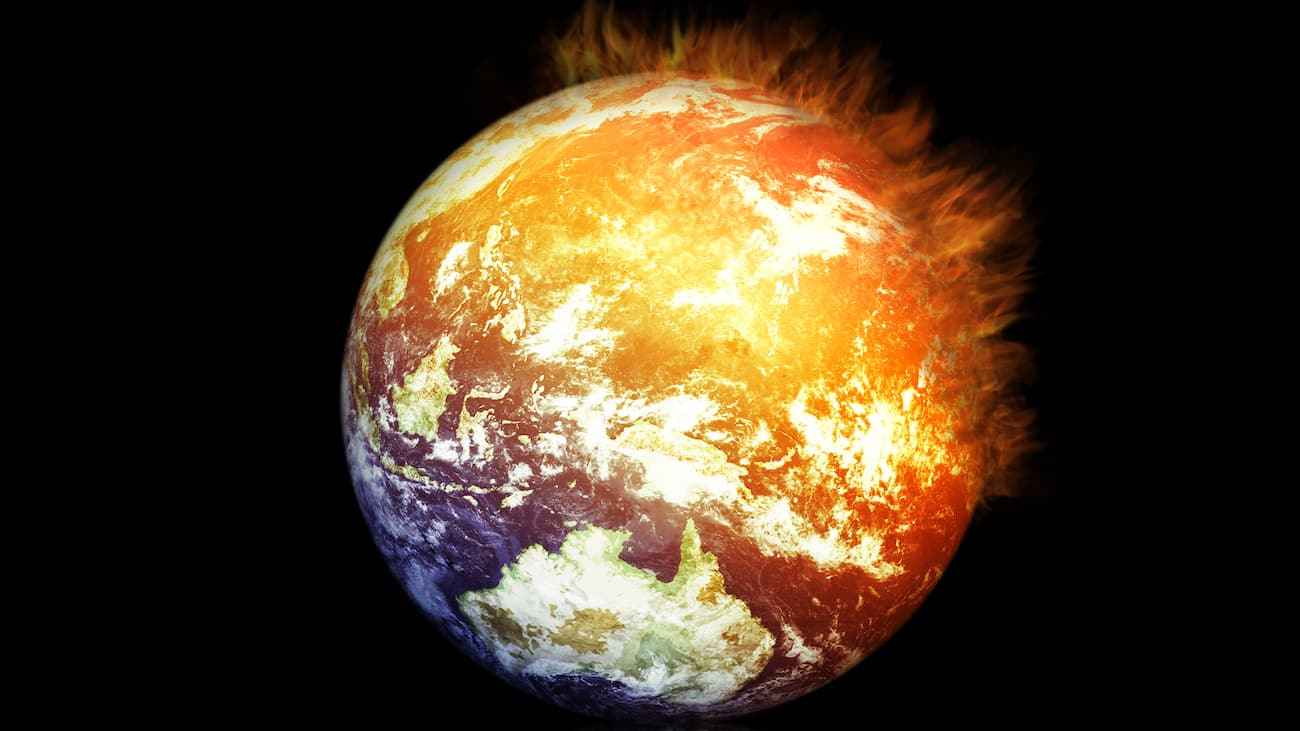I don’t remember a lot about my grade school years, but, for some strange reason, I do recall a map in my geography book showing the extent of a huge ice cap that once extended from the North Pole to just above the southern border of the United States.
Many years later, when the Al Gores of the world predicted apocalyptic doom due to global warming, I kept recalling that old map. Why did all that ice melt thousands of years ago? Did the people of that time period, considered “primitive” by our current standards, actually have cars and buses and electricity? Did they leave such a huge carbon footprint that the planet nearly burst into flames? If so, where are the remnants of that technology? One would think by now that archeologists in Nevada would have uncovered a prototype of a Corvette along with mastodon bones. But it’s never happened, and, so, when it comes to man-made global warming/ climate change, I’m a proud, dedicated denier.
However, I do recognize a moral obligation to be good stewards of the planet. The Catechism of the Catholic Church teaches us that “In God’s plan man and woman have the vocation of ‘subduing’ the earth as stewards of God. This sovereignty is not to be an arbitrary and destructive domination.” (CCC 373)
Now the problem with fanatical environmentalists is that nature is their god. Instead of man subduing the planet according to the Creator’s plan, he is a parasite destroying it. Eliminate man’s interference, and the earth will be a veritable paradise.
But such an attitude belies history, and Europe is the classic example. For centuries much of the land was useless, dominated by expansive swamps and completely unsuitable for farming. By the middle ages, the conditions were so bad that many people gave up farming altogether because it was simply too much hard, dirty work to find and maintain good arable land. As a consequence, food was scarce, and survival was a constant challenge.
And then a group of men took it upon themselves to make a difference–Benedictine monks. Thomas E. Woods, Jr., in his How the Catholic Church Built Western Civilization (a book every Catholic should read), writes the following:
The prevailing view of swamps was that they were sources of pestilence utterly without value. But the monks thrived in such locations and embraced the challenges that came with them. Before long, they managed to dike and drain the swamps and turn what had once been a source of disease and filth into fertile agricultural land.
Woods quotes nineteenth-century historian Francois Guizot: “The Benedictine monks were the agriculturists of Europe; they cleared it on a large scale, associating agriculture with preaching.”
Another historian of the same century, Charles Montalembert, wrote, “It is impossible to forget the use they [Benedictine monks] made of so many vast districts (holding as they did one-fifth of all the land in England), uncultivated and uninhabited, covered with forests or surrounded by marshes.”
A case in point was a huge land mass near Southampton, England. A twentieth-century president of the Massachusetts Agricultural College, Henry Goodell, describes what the land looked like in the seventh century:
It was nothing but a vast morass . . . a labyrinth of black, wandering streams; broad lagoons, morasses submerged every spring-tide; vast beds of reed and sedge and fern . . . Trees torn down by flood and storm floated and lodged in rafts, damning the waters back upon the land. Streams . . . changed their channels, mingling silt and sand with the black soil of the peat. Nature left to herself ran into wild riot and chaos more and more, till the whole fen became one dismal swamp.
Goodell then quotes William of Malmesbury describing the same land five centuries later:
It is the counterfeit of Paradise . . . In the midst of fens rise groves of trees which seem to touch the stars . . . the charmed eye wanders over a sea of verdant herbage, the foot which treads the wide meadows meets with no obstacle in its path. Not an inch of as far as the eye can reach lies uncultivated. Here the soil is hidden by fruit trees; there by vines stretched upon the ground or trailed on trellises.
The monks did more than just drain swamps. Woods writes, “Wherever they went, the monks introduced crops, industries, or production methods with which the people had not been previously familiar.” From rearing cattle and horses, to raising bees, to making cheese, to developing salmon fisheries, to growing vineyards, the monks were veritable geniuses when it came to being good stewards of God’s handiwork.
But why were the monks able to accomplish so much when no one else had a clue? Woods credits the Rule of St. Benedict and its emphasis on manual labor: “ . . . we often find the monks freely embracing work that was difficult and unattractive, since for them such tasks were channels of grace and opportunities for mortification of the flesh. This was certainly true in the clearing and reclaiming of land.”
The fanatical environmentalists of today would love to return to those “golden” years of swamps, black streams, floods, and pestilence–regardless of the human cost. But just as Jesus reminded the Pharisees that the Sabbath was made for man, not man for the Sabbath, so, too, was the earth made for man, not man for the earth. The tree huggers do not believe this, and that is why they are so dangerous to both the planet and the people.








